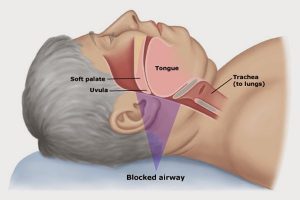Animal Husbandry And Veterinary Sciences Notes On – Treatment Of Asphyxia – For W.B.C.S. Examination.
Birth asphyxia is a complex condition that can be difficult to predict or prevent. Prompt treatment is important to minimize the damaging effects of decreased oxygen to the baby.Continue Reading Animal Husbandry And Veterinary Sciences Notes On – Treatment Of Asphyxia – For W.B.C.S. Examination.
Specific treatment for birth asphyxia is based on:
- The baby’s age, overall health and medical history
- Severity of the baby’s condition
- The baby’s tolerance for specific medications, procedures or therapies
- Expectations for the course of the condition
Treatment may include:
- Giving the mother extra oxygen before delivery
- Emergency delivery or Caesarean section
- Assisted ventilation and medications to support the baby’s breathing and blood pressure
- Extracorporeal membrane oxygenation (ECMO)
Extracorporeal Membrane Oxygenation (ECMO)
An extracorporeal membrane oxygenation (ECMO) machine may be used for babies who are experiencing serious heart or lung failure. The machine delivers oxygen to the baby’s brain and body as temporary support. It works by draining the baby’s blood into an artificial lung where oxygen is added and carbon dioxide is removed, then pumping the blood back into the child.
At UCSF Benioff Children’s Hospital, we treat over 20 patients each year with ECMO and our success outcomes are among the highest in the country. Our team of experts is specially trained in ECMO and includes a neonatologist, surgeon, respiratory therapists and nurses.
In addition to ECMO, we also offer a wide range of other types of mechanical ventilation and respiratory therapy, including high frequency oscillatory ventilation and inhaled nitric oxide.
The methods now available for the treatment in cases of asphyxia or respiratory failure fall into four groups:
(1) manual and postural, in which the cubic capacity of the chest is automatically increased and diminished by direct pressure on it with manipulation of the extremities (Sylvester) and by the prone pressure method (Schaeffer);
(2) the negative pressure chamber as described and used by Drinker;1
(3) the blind introduction of air or oxygen under pressure into the mouth (by lung motor or pulmotor), pharynx (Meltzer2) or trachea (by direct intubation, as recently described by Dr. Matthew and Dr. Holman), and
(4) direct inspection of the field by the laryngoscope, aspiration under vision of both pharynx and trachea, intubation and intratracheal insufflation of a known volume of oxygen and carbon dioxide under measured pressure.
Asphyxia or respiratory failure demands the application of resuscitation by the layman as well.
Please subscribe here to get all future updates on this post/page/category/website


 +919674493673
+919674493673  mailus@wbcsmadeeasy.in
mailus@wbcsmadeeasy.in







































































































